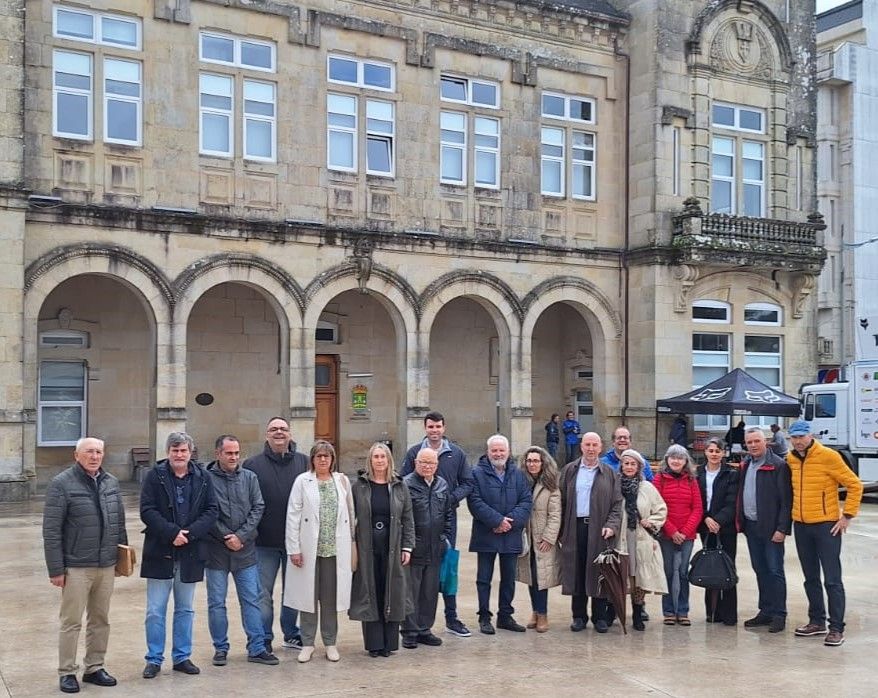The Geira and Arrieiros Route, which connects Braga to Santiago de Compostela, was once again in the spotlight in Galicia during the Abadesa Mariana Awards ceremony, held in early April at the Museum of Móvel e da Madeira, in A Estrada. The event highlighted the cultural, heritage and tourism value of this route, with several individuals and organisations honoured for their contributions.
The mayor of A Estrada, Gonzalo Louzao, emphasised the importance of this route in strengthening the ties between Portugal and Galicia, and praised the crucial role played by civil society and local associations in its recovery, especially the work carried out by Codeseda Viva.
Portuguese participation was particularly noteworthy. Luís Ferreira, writer and pilgrim, received one of the awards for his long-standing work promoting the Camino de Santiago, especially through his book “Um Caminho que o tempo não apagou” (“A Route That Time Did Not Erase”) and the support he has provided to thousands of pilgrims over the years.
Also honoured were the Union of Parishes of Caldelas, Sequeiros and Paranhos (Amares), for their efforts in preserving the heritage along the route, and the pilgrims Henrique Malheiro and José Eusébio, recognised for their dedication to promoting the Geira and Arrieiros Route.
This itinerary covers around 240 kilometres, starting at the Sé Cathedral in Braga and passing through Amares, Terras de Bouro and Melgaço, before entering Galicia at Portela do Homem. Since 2017, over five thousand pilgrims from 18 countries have walked this route — a number that continues to grow thanks to the combined efforts of volunteers, institutions and municipalities on both sides of the border.
The session also featured presentations on the historical importance of the Camino de Santiago and the increasing value of lesser-known routes like this one, which restore ancient links and bring life back to rural landscapes. Cross-border cooperation was highlighted as a key factor in the future of the Geira and Arrieiros Route.
